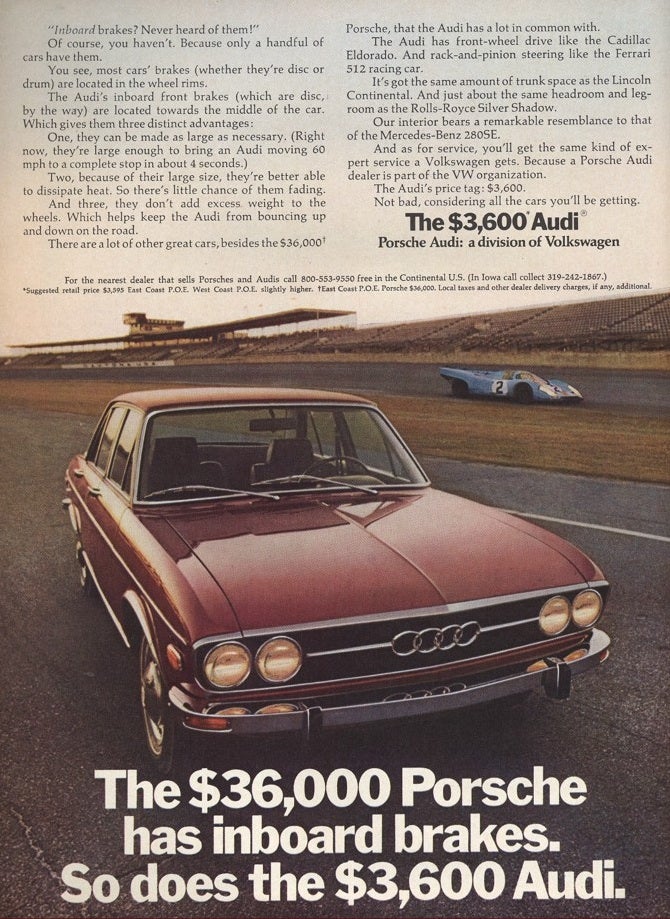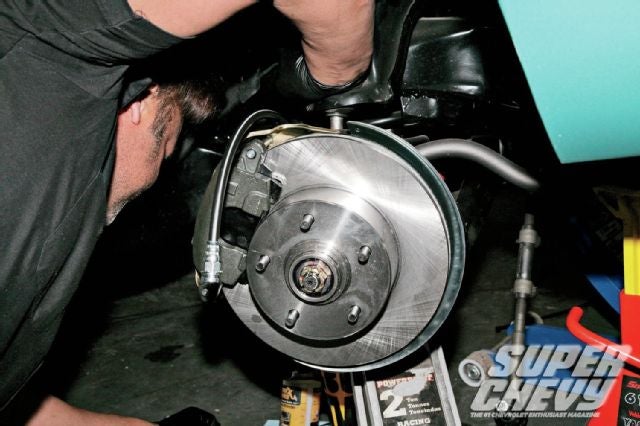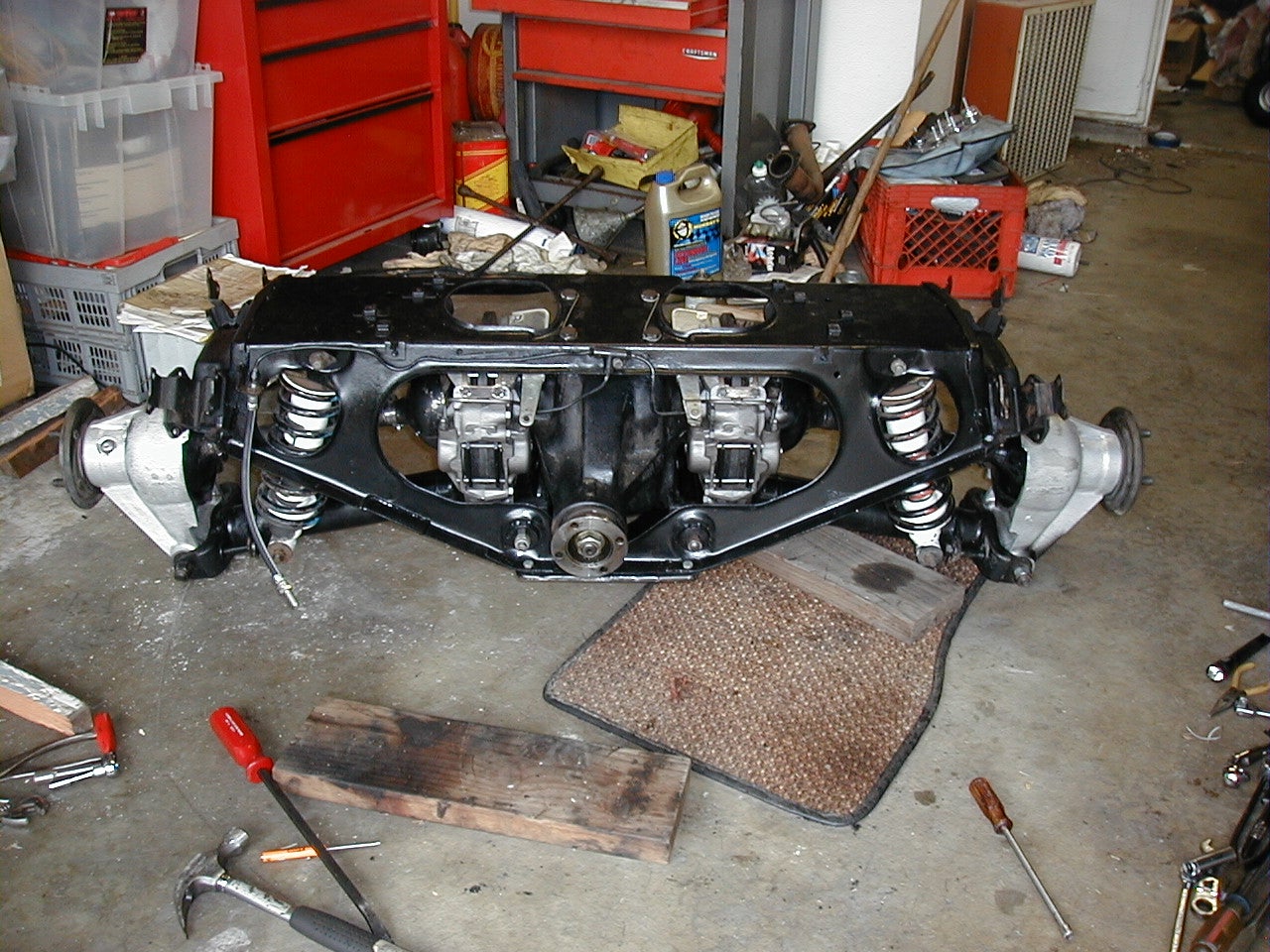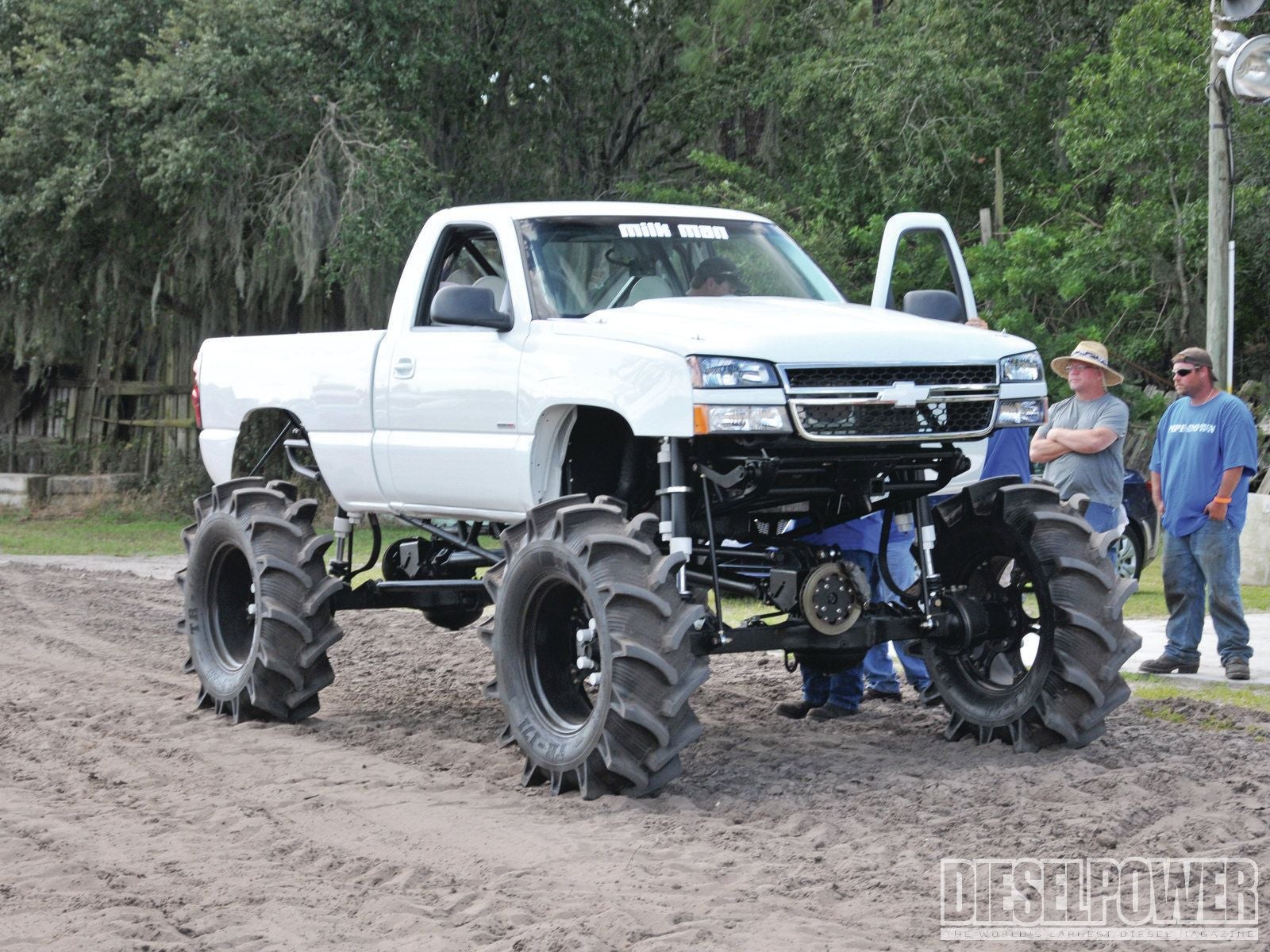 "Malanga" (malanga-)
"Malanga" (malanga-)
05/02/2016 at 12:49 • Filed to: Stopping and stuff
 1
1
 20
20
 "Malanga" (malanga-)
"Malanga" (malanga-)
05/02/2016 at 12:49 • Filed to: Stopping and stuff |  1 1
|  20 20 |
Why don’t they really exist in modern motorsports and auto manufacturing?

That ad up there shows that there was a thing for them once right? I can’t really see any downsides to them other than cooling and packaging
Any reason they didn’t catch on?
 BmanUltima's car still hasn't been fixed yet, he'll get on it tomorrow, honest.
> Malanga
BmanUltima's car still hasn't been fixed yet, he'll get on it tomorrow, honest.
> Malanga
05/02/2016 at 12:55 |
|
Added complexity, since undriven wheels will need an axle as well, and they’re more difficult to service.
 4muddyfeet - bare knuckle with an EZ30
> Malanga
4muddyfeet - bare knuckle with an EZ30
> Malanga
05/02/2016 at 12:55 |
|
I would imagine they're a PITA to maintain on your regular road-goer
 Party-vi
> Malanga
Party-vi
> Malanga
05/02/2016 at 12:55 |
|
If when you say “packaging” you’re actually saying “taking fucking half shafts out just so I can change my fucking rotors” then yeah, packaging issues.
 Klaus Schmoll
> Malanga
Klaus Schmoll
> Malanga
05/02/2016 at 12:55 |
|
PITA to service.
 Smallbear wants a modern Syclone, local Maple Leafs spammer
> Malanga
Smallbear wants a modern Syclone, local Maple Leafs spammer
> Malanga
05/02/2016 at 12:55 |
|
$$$
 sm70- why not Duesenberg?
> Malanga
sm70- why not Duesenberg?
> Malanga
05/02/2016 at 12:56 |
|
Ah, back when Audi was a newcomer trying to compare themselves to Cadillac.
 DrScientist
> Malanga
DrScientist
> Malanga
05/02/2016 at 12:59 |
|
264x the cost/time to replace a rotor vs an outboard brake setup.
cost/time for consumer automobiles.
and, i imagine, time to repair in the pit for motorsports—probably also a bit about the unsprung weight savings not being significant enough to overcome it.
also, for jags, the diff in the IRS liked to drip onto the rotors... eventually causing warping.
other advantage? not having to wipe brake dust off your wheels.
 BiTurbo228 - Dr Frankenstein of Spitfires
> Malanga
BiTurbo228 - Dr Frankenstein of Spitfires
> Malanga
05/02/2016 at 13:05 |
|
They’re a bloody faff to change pads and rotors on, which is enough of a negative to outweigh the positives on the street and on the vast majority of race applications.
 jimz
> Malanga
jimz
> Malanga
05/02/2016 at 13:07 |
|
Any reason they didn’t catch on?
The disadvantages (cost, complexity, serviceability) outweighed the benefits (size, less unsprung mass.)
plus you have to remember this was back in the day cars had 13, 14, and maybe 15 inch wheels. Now that cars and trucks have 18, 19, and 20 inch wheels they can fit much larger brakes inside the wheel. And given the average car buyer doesn’t even know what “unsprung mass” means, there’s no reason to add the cost of them to cars.
 Montalvo
> Malanga
Montalvo
> Malanga
05/02/2016 at 13:08 |
|
Outboard

Inboard

Basically you just have to ask yourself, do I want to pretty much disassemble my entire rear end for just a brake job? If the answer is yes then go for it. Really the only practical application is in Motorsport and even there they mostly can’t be bothered with designing them.
 71MGBGT Likes Subarus of Unusual Colors
> Malanga
71MGBGT Likes Subarus of Unusual Colors
> Malanga
05/02/2016 at 13:08 |
|
I think Inboard ceramic brakes could be pretty cool. I know one of the problems they had was heat dissipation, but I could see a use where you kept them inside and insulated so they stayed at the proper temperature in some kind of fusion between drums and F1 tech
 -this space for rent-
> Party-vi
-this space for rent-
> Party-vi
05/02/2016 at 13:09 |
|
Doesn’t stop the Germans for anything else.
 If only EssExTee could be so grossly incandescent
> Malanga
If only EssExTee could be so grossly incandescent
> Malanga
05/02/2016 at 13:11 |
|
Maintenance issues. You had to basically disassemble the rear suspension to service them. That extra labor is great for dealership service departments, not so great for the consumer & DIY mechanic.
 MontegoMan562 is a Capri RS Owner
> -this space for rent-
MontegoMan562 is a Capri RS Owner
> -this space for rent-
05/02/2016 at 13:12 |
|
This is a hell of a fair point though.
 tromoly
> Malanga
tromoly
> Malanga
05/02/2016 at 13:19 |
|
Half shafts turn into torsion bars, the loading / unloading can really hamper braking performance.
 RamblinRover Luxury-Yacht
> Malanga
RamblinRover Luxury-Yacht
> Malanga
05/02/2016 at 13:20 |
|
Service concerns, improved materials, wheel size no longer a limit, better wheel and wheelwell design for cooling, better roads reducing the advantages of reduced unsprung weight, reduced overall wheel/tire combo weight with higher distribution toward the rim making for a harsh ride but less oscillation, etc. etc. Basically the problems stayed and the advantages were outweighed for almost all applications.
 RallyWrench
> Malanga
RallyWrench
> Malanga
05/02/2016 at 13:21 |
|
Because they’re a complete pain in the ass. Weight distribution is nice, as is lower unsprung weight, but not at the expense of rapid brake changes that will save you more time overall. I can do a hot pad and rotor change on Brembos, in pitlane, in 3 minutes or less. Inboards would take much, much longer, losing laps the whole time, negating any possible laptime benefit the brakes could offer.
Also, most modern cars have transverse engines and transaxles which preclude their use anyway. Inboard brakes are harder to cool, and are also more susceptible to contamination from fluids under the car.
I will say, though, that the Jaguar IRS rear end with inboards is a boon to hot rodders and builders of amphibious Rancheros who want a better ride, and want to run rear wheels that prevent the fitment of usefully sized brakes. Hard to fit a modern set of brakes inside a 15" Torq-Thrust or Cragar Drag-Stars, for example.
 Scott
> Malanga
Scott
> Malanga
05/02/2016 at 13:21 |
|
Pretty much that for most vehicles the benefits simply are too small for the difficulty. I mean if Sebastian Vettel was not aware that he damaged the wing on his F1 Ferrari in Shanghai, do you imagine the average Joe Shmoe is going to feel the extra handling of the loss of unsprung weight in his street car? but I am sure he will notice what a pain it is to work on, or get someone else to work on them.
 facw
> Malanga
facw
> Malanga
05/02/2016 at 13:42 |
|
Such a shame that Doug never really got into dealing with the inboard brakes on his Hummer.
 TheD0k_2many toys 2little time
> Malanga
TheD0k_2many toys 2little time
> Malanga
05/02/2016 at 14:01 |
|
inboard brakes you say?
